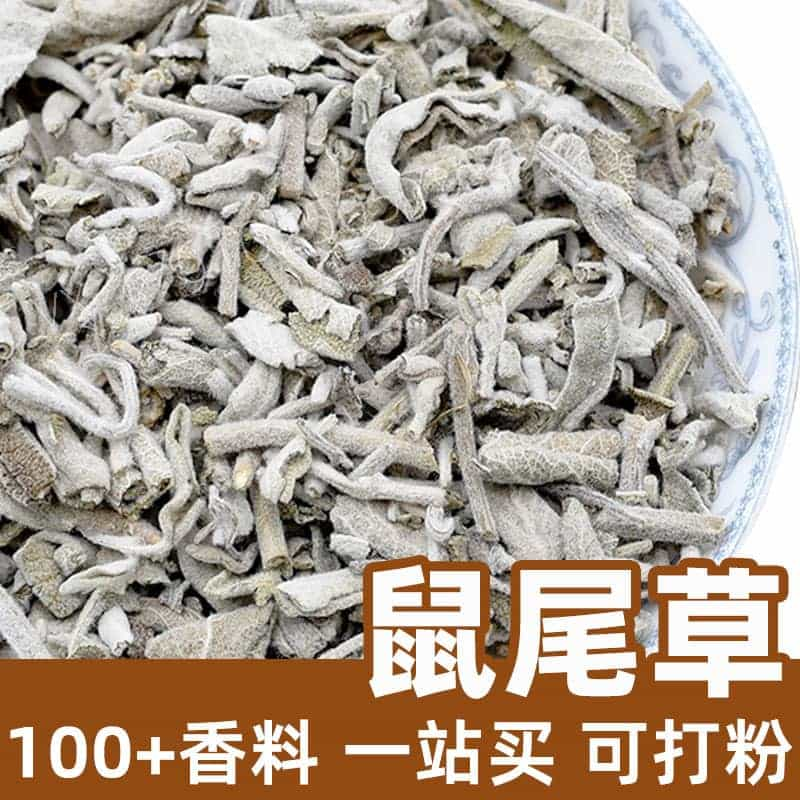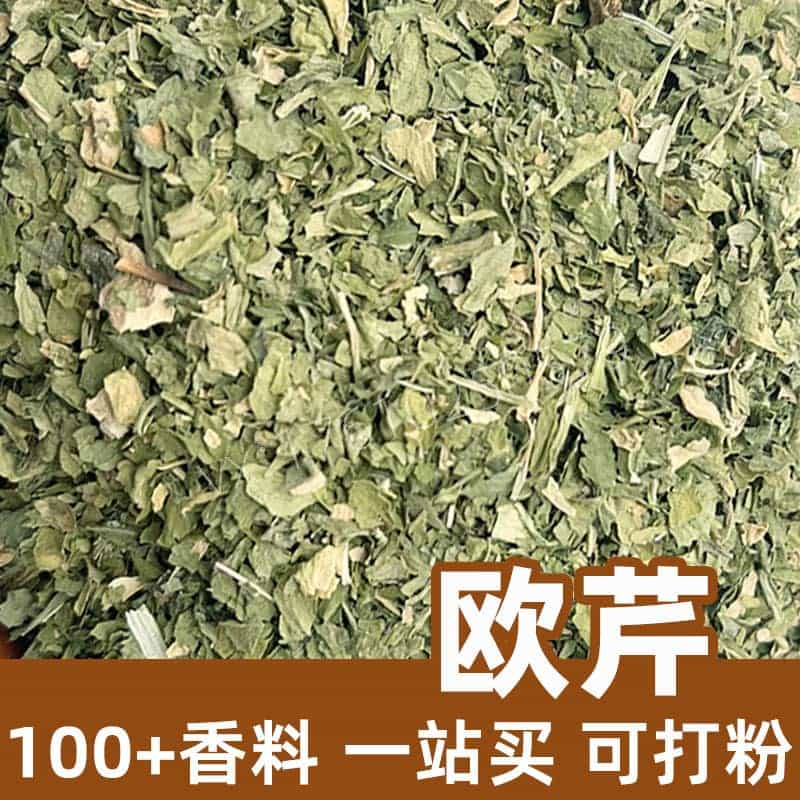Product Description
Water Pepper is a plant known for its spicy taste and fragrance, typically growing in moist environments in temperate and cold regions. Its leaves and stems are slender and can range in color from green to red. Water Pepper is valued for its spicy flavor and unique aroma, making it useful both as a seasoning and as a medicinal plant.
The main components of Water Pepper include volatile oils and nicotinic acid. The volatile oils give it its distinct aroma and flavor, while nicotinic acid is the primary compound responsible for its spiciness.
Aromatic Chemical Composition
The fragrance of Water Pepper mainly comes from its volatile oils, which include compounds like linalool and citral. These compounds contribute to the plant's unique scent and flavor.
Product Varieties
Water Pepper refers primarily to the leaves and stems of a specific plant species. Depending on the growing environment and variety, the spiciness and color of Water Pepper may vary.
Usage Scenarios and Dosage
Water Pepper has a wide range of applications in both cooking and herbal medicine. Below are some common uses and recommended amounts:
- Seasoning: The spicy flavor and aroma of Water Pepper make it a popular seasoning for many dishes. The leaves and stems can be finely chopped and added to food, giving dishes a unique spicy taste and fragrance. The amount used can be adjusted to personal taste and the requirements of the dish.
- Herbal Uses: Water Pepper is also used in herbal medicine. For example, it can be applied as a hemostatic to treat bleeding and bruises. Additionally, it is believed to have properties that relieve cold, reduce swelling, and promote circulation. When using Water Pepper as a herbal remedy, it is important to follow the advice and dosage recommendations of a healthcare professional or herbalist.
- Traditional Remedies: In some folk medicine traditions, Water Pepper is thought to help with removing dampness, improving blood flow, and relieving joint pain. It is sometimes used for foot baths or in the preparation of poultices to alleviate joint pain and rheumatism.
Plant Origin, Distribution, and Growing Environment
Water Pepper (*Persicaria hydropiper*) belongs to the buckwheat family and is native to Asia and Europe. It thrives in moist environments in temperate and cold regions, such as riverbanks, lakeshores, and wetlands.
The plant is a perennial herb, typically growing between 30 to 60 centimeters tall. It prefers damp soil and sunny conditions, growing vigorously from spring through autumn.
Harvesting, Processing, and Storage
Water Pepper’s leaves and stems are harvested fresh. They are usually handpicked, washed, and then air-dried.
To preserve its quality and shelf life, Water Pepper should be stored in a dry, well-ventilated area, away from moisture. Generally, it can be stored for several days to a week. Alternatively, it can be frozen for longer-term storage.
Monica Sun is a seasoned expert in the natural raw materials industry, with over a decade of experience specializing in traditional Chinese medicinal herbs, spices, and fungi. She is skilled in the sourcing, processing, and application of these materials, emphasizing sustainability and innovation. Monica Sun has contributed to the development of high-quality natural raw materials that serve as essential components in functional foods, pharmaceuticals, and cosmetics, delivering tailored solutions to meet diverse market needs.









.jpg)


.jpg)


